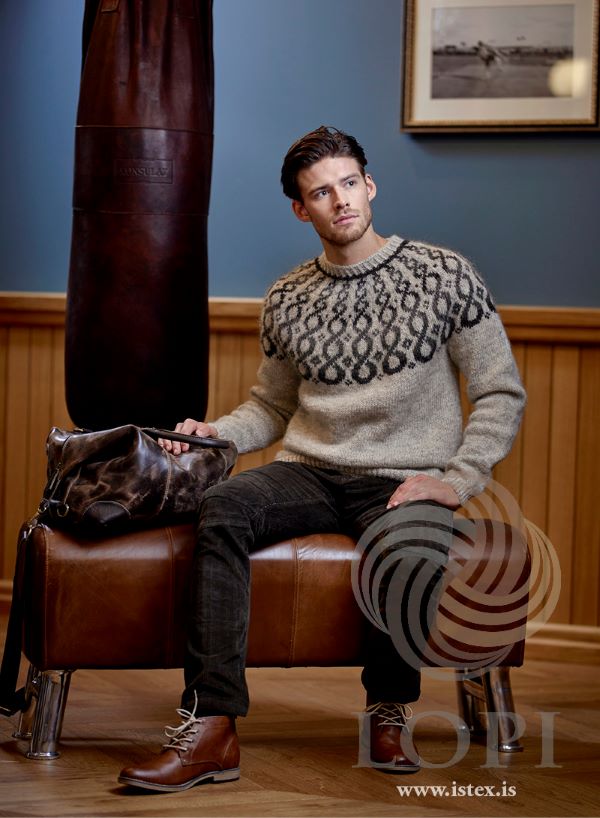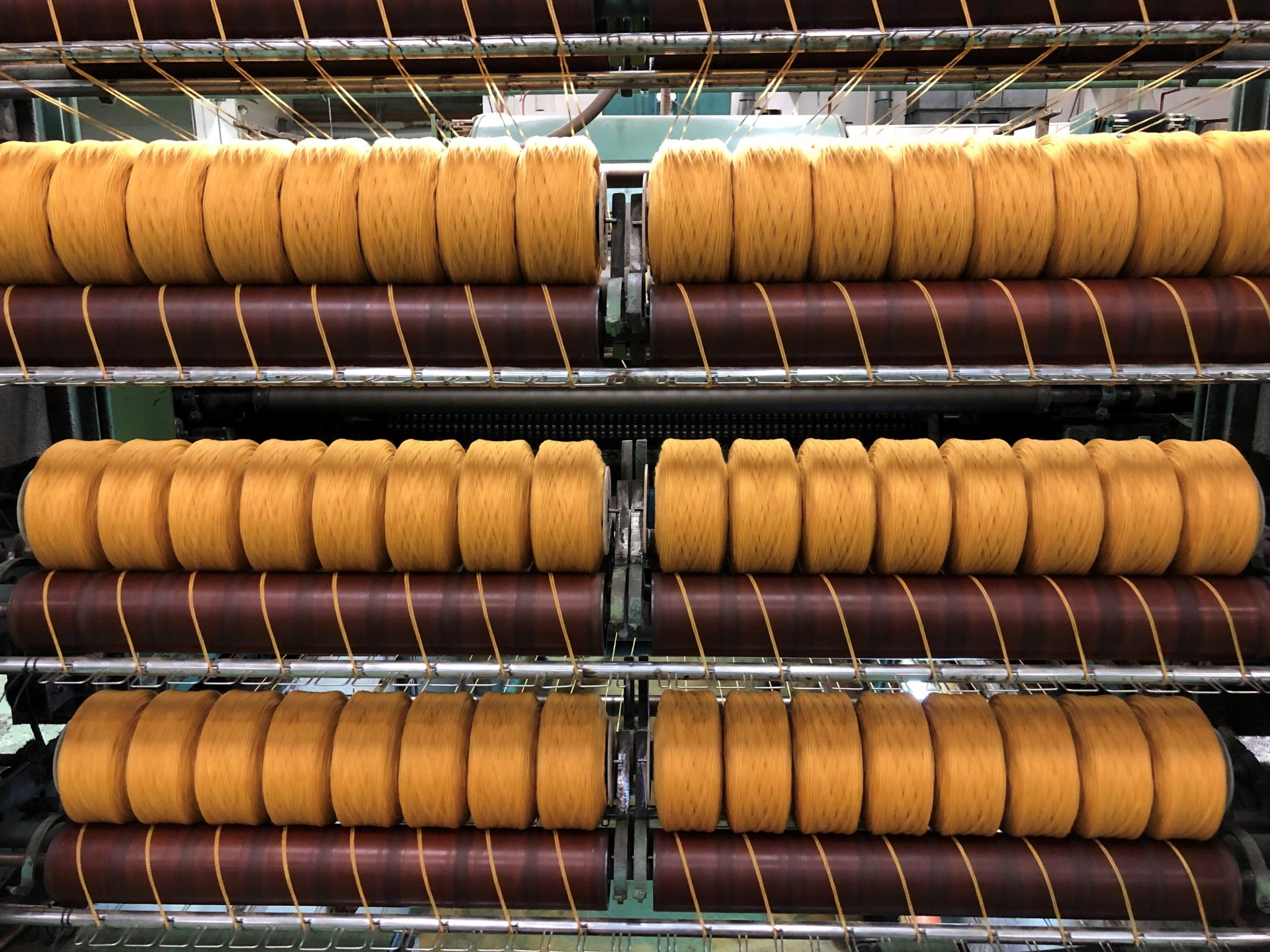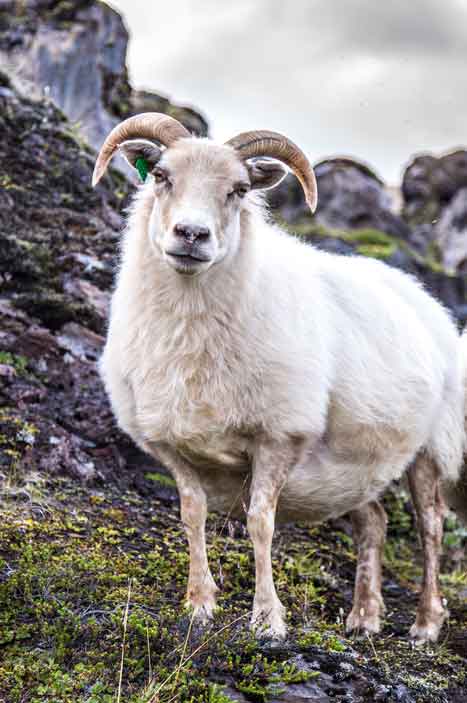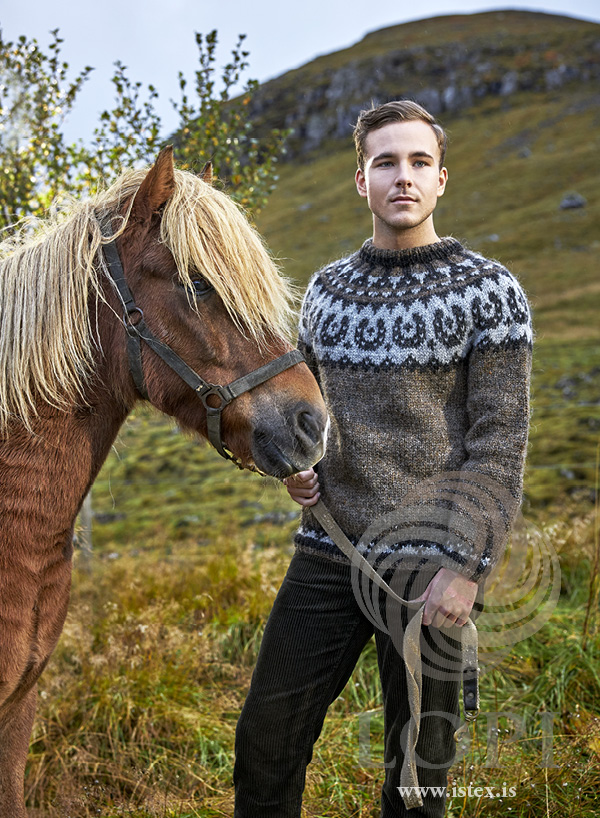Lopidesign
Lopidesign is a pattern collection designed especially for Lopi yarns from Ístex. Yearly Ístex publishes a pattern book with Icelandic designs to fulfill the demand for unique, traditional and creative design.
Our commitment with Lopidesign is to offer high-quality patterns that are innovative and easy to follow.
Védís Jónsdóttir is our in-house designer in charge of Lopi yarn colours and patterns. Furthermore, Ístex has a long history collaborating with creative minds.
We offer the famous Álafosslopi and other Lopi yarns for hand knitting such as Plötulopi, Bulkylopi, and Léttlopi around the world. Our products are made out of high-quality Icelandic wool.








